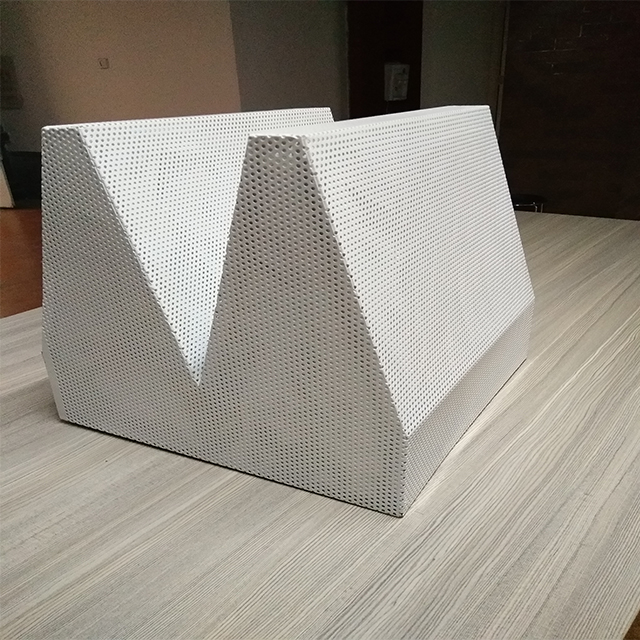The difference between sound insulation and sound absorption:
Sound insulation and sound absorption are two different sound treatment methods in acoustic engineering and architecture. Their main differences lie in material properties, noise reduction principles and application scenarios:
Material properties
Sound insulation materials: The main features are high density, heavy weight and dense structure. These materials are designed to prevent or reduce the propagation of sound, such as sound insulation felt, steel plates, cement boards, brick walls, etc. Sound insulation materials reduce the ability of sound to penetrate by increasing mass (surface density), following the "mass law", that is, the heavier the material, the better the sound insulation effect.
Sound absorbing materials: Usually have a porous, loose and breathable structure, such as two-component cotton, sponge, fiber cotton, rock wool, etc. Sound absorbing materials contain a large number of tiny pores inside, which can absorb and consume the energy of sound waves, converting sound energy into heat energy, thereby reducing reflected sound waves and indoor reverberation time.
Noise reduction principle:
Sound insulation: Its principle is mainly to block the direct propagation path of sound, and by forming a physical barrier, it is difficult for sound to be transmitted from one space to another.
Sound absorption: It is achieved by allowing sound waves to enter the material and reflect and scatter multiple times until the sound energy gradually decays, thereby reducing the indoor noise level.
Applications:
Sound insulation materials are mainly used in situations where external noise needs to be isolated or sound needs to be prevented from propagating between different rooms, such as walls, doors, and pipe systems in offices, hotel rooms, and recording studios.
Sound-absorbing materials are widely used in places with high requirements for sound quality, such as concert halls, recording studios, theaters, cinemas, conference rooms, etc., to control indoor sound quality, optimize the auditory experience, eliminate echoes, and improve language clarity.
In summary, sound insulation focuses on cutting off the propagation path of sound, while sound absorption focuses more on reducing indoor echoes and reverberations, thereby improving the acoustic comfort in the space. In practical applications, it is often necessary to combine the two to achieve an ideal sound environment effect.

